In a mixed-signal IC, you most likely will have two ground planes, analog ground and digital ground. This seems fair enough and easily understandable but my real question is: Why would you need to insert back to back Schottky diodes between two grounds? What purpose would they serve if the ground places are already separated? No coupling should occur if the designer properly managed to split the planes.
Here is a picture of what I am trying to get information about:
